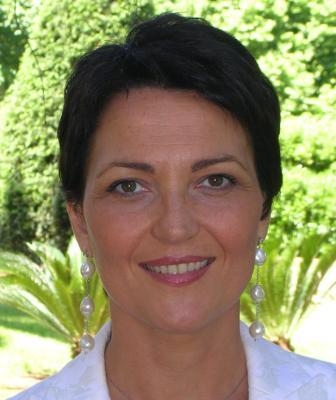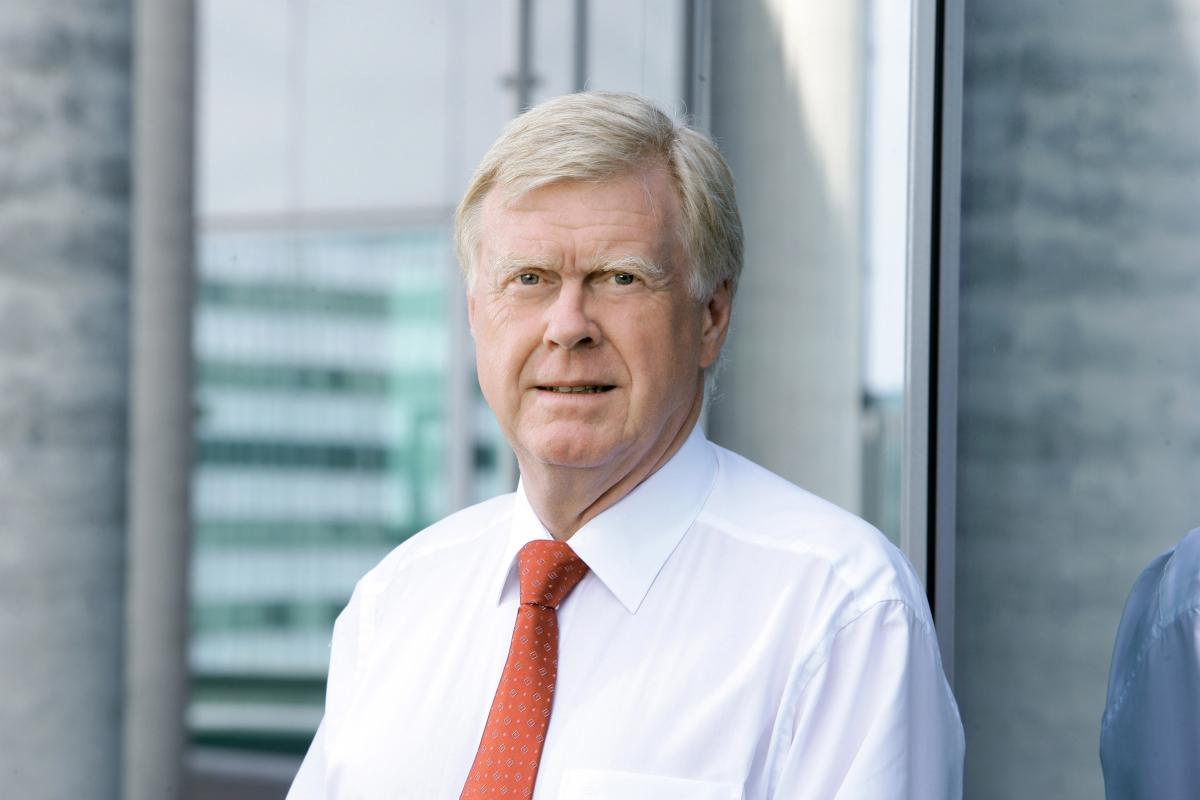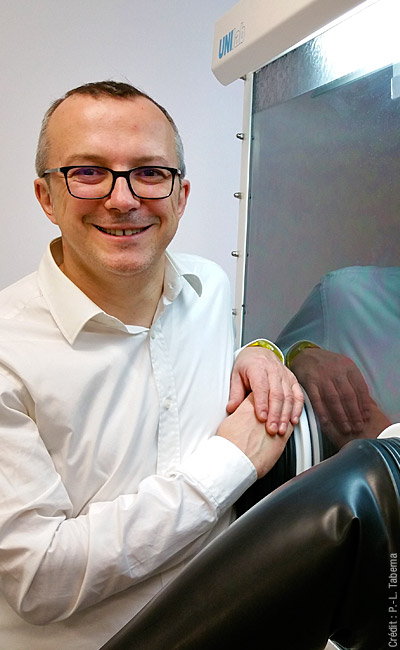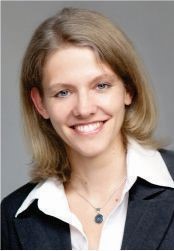- Portobet platformuna erişim sağlamak için güncel bağlantıları takip etmek son derece önemlidir. Özellikle yeni üyeler, sorunsuz kayıt ve hızlı para yatırma avantajlarından yararlanarak Portobet’in sunduğu güvenli bahis ortamının keyfini çıkarabilirler. Giriş sorunları yaşadığınızda, doğrudan resmi siteyi kullanmak hesap güvenliğiniz açısından en doğru tercihtir.
- Portobet giriş işlemlerinde en çok tercih edilen alternatif adreslerden biri olan porto-bet.net, kullanıcılarına sorunsuz erişim ve yüksek oranlı bahis imkânları sunuyor. Bahis severler, güncel Portobet giriş adresi üzerinden canlı maç izleme, özel bonus fırsatları ve kesintisiz ödeme çözümleriyle beklentilerinin ötesinde bir deneyim yaşayabilirler.
- Spor tutkunları için Portobet mobil uygulaması ile hem iOS hem de Android cihazlarınızdan, anında ve güvenli şekilde bahis oynamak mümkün. Mobil giriş sayesinde Portobet’in hızlı para çekme, güncel maç analizleri ve canlı destek avantajlarından, dilediğiniz her yerde kesintisiz yararlanabilirsiniz. Güncellenen uygulama ile erişim sorunları tamamen ortadan kalkar.
- CSV Viewer makes it easy to open, explore, and filter large CSV files directly in your browser. With its user-friendly interface and advanced data analysis tools, CSV Viewer helps you manage, visualize, and process spreadsheet data more efficiently for all your workflow needs.
- Base64 Encode offers a fast and secure way to convert any text or file to base64 format online. This tool streamlines data encoding for web projects, making data transmission, storage, and sharing more reliable, whether you’re a developer or just need a simple encoding solution.
Plenary session
The plenary session is scheduled for Wednesday afternoon, 24th May and will consist of a series of three outstanding talks:
The scientific program is complemented by the plenary session, taking place on Wednesday afternoon May 24, with two outstanding speakers, Prof. Dr. Wolfgang Knoll, of AIT, Vienna, and CEST, Wiener Neustadt, Austria, and Prof. Patrice Simon, of Paul Sabatier University, Toulouse, France.
This central session will continue with the EU-40 Materials Prize. The latter is a prestigious prize awarded to researchers under 40 who are showing exceptional promise for leadership and have made outstanding and innovative contributions to Materials Research in Europe.
The 2017 EU-40 Materials Prize is given to Bettina Lotsch, of Max Planck Institute for Solid State Research, Stuttgart, Germany.
The presentation of the Graduate Students Awards will conclude the plenary session.
Program:
16:15 - 16:30
 |
Welcome address Luisa Torsi |
|
16:30 - 17:10
 |
|
Sensing Smells
Wolfgang Knoll
AIT Austrian Institute of Technology |
|
For the sensing of light, e.g., in optical communication, we have extremely powerful devices with the ability to detect even single photons. Similarly, the monitoring of sound in acoustic communication is technically no problem: microphones are available with amazing performance parameters. Only for chemical communication, for smell or taste detection on a technical level, we have (nearly) nothing. Despite the fact that the monitoring of chemicals in chemotaxis, i.e., the molecules-guided search for food of many organisms or the exchange of chemical cues between species as a way to communicate with each other, is the oldest of our sensory repertoire, we have essentially no technical device that offers the sensitivity and the bandwidth needed to sense and to differentiate many different odors and tastes. Earlier attempts to fill this gap by “artificial noses” failed (with the only notable exception being the “alcohol breath analyser” used by police) mostly because of lack of sufficient sensitivity. In order to develop and present during this talk concepts for smell sensors that could overcome these sensitivity limits we will very briefly refer first to the world of smells and give a brief introduction into how mammalians and insects smell. Using a biomimetic approach, i.e., using functional elements (proteins) from nature and combining them with electronic devices for hybrid transducers, we describe novel schemes and read-out concepts for smell (and taste) sensors.
|
||
| Bio: |
||
|
|
||
|
Wolfgang Knoll graduated from the University of Konstanz in 1976 with a PhD degree in Biophysics after having completed a physics education at the Karlsruhe University of Technology. From 1980-1981 he was a visiting scientist at the IBM Research Laboratory in San Jose and the Institute Laue-Langevin in Grenoble, from 1981-1986 an Assistant Professor at the Technical University of Munich, and in 1986 he joined the Max Planck Institute for Polymer Research in Mainz, Germany, as a group leader. From 1991-1999 he was the Director of the Laboratory for Exotic Nanomaterials, hosted by the Institute of Physical and Chemical Research (RIKEN) in Wako/Japan. From 1993 to 2008 he was a Director at the Max Planck Institute for Polymer Research in Mainz, Germany. Since 2008 he has been the Scientific Managing Director at the AIT Austrian Institute of Technology, Vienna, Austria, and became a Visiting Professor at Nanyang Technological University in Singapore in 2010. He is a Member of the Austrian Academy of Sciences and holds an Honorary PhD degree from the University of Twente, the Netherlands. He has published more than 850 papers with more than 41000 citations which earned him an h-index of 105. |
||
17:10 - 17:50
 |
|
Materials for Electrochemical Capacitors Patrice Simon1,2, 1 Université Paul Sabatier, CIRIMAT UMR CNRS 5085, F-31062 Toulouse, France |
|
In the past decade, lot of attention has been put on electrochemical double layer capacitors (EDLCs), also known as supercapacitors, for high power delivery or energy harvesting applications. The charge storage mechanism in supercapacitor electrodes relies on electrostatic attraction between the electrolyte ions and the charges at the electrode surface, leading to a charge separation at the electrolyte/electrode interface. During this presentation, we will show how the careful design of nanostructured carbons can help in preparing high energy density carbons for supercapacitor applications. Several techniques like Electrochemical Quartz Crystal Microbalance (EQCM) and in-situ NMR spectroscopy have been used to study the ion confinement effect in carbon nanopores. Moving from double layer to pseudocapacitive materials, we will show how the control of the electrodes structure can help in preparing high capacitance electrodes using 2-Dimensional MXene materials in aqueous electrolytes. This set of results helped in developing our basic understanding of the ions/carbon interactions in confined pores. From a practical point of view, they offer new opportunities for designing high energy density supercapacitors and micro-supercapacitors. |
||
| Bio: | ||
|
Current: Research Interests: Scientific production: Distinctions: Teaching Activities:
|
||
17:50 - 18:30
 |
EU-40 Materials Prize Winner
2D or not 2D? Bettina V. Lotsch |
|
|
The discovery of graphene, along with the early achievements of Chimie Douce and nanotechnology, has led to a resurgence of interest in layered materials which display a virtually unlimited source of 2D materials of all stripes. The operation of classical and quantum size confinement effects in dimensionally reduced materials offers a unique basis for accessing new properties and reactivity profiles distinct from those found in their bulk counterparts. In addition, the combination of different 2D materials to form superlattices with synergistic properties is the next step forward to access complex heterostructures which are not only key elements in miniaturized devices, but, if scalable, offer new design principles for bulk “artificial solids” with properties engineered on the nanoscale. In this talk, I will describe the synthesis, characterization and properties of selected 2D materials and highlight their potential for applications in energy storage and chemo-optical sensing. Examples include humidity-responsive transition metal phosphate nanosheets as ultrasensitive humidity sensors and active elements in touchless positioning interfaces,1 and a new generation of 2D carbon-based photocatalysts for the hydrogen evolution reaction, which are able to “store” photo-generated electrons for the time-delayed production of solar fuels.2 [1] K. Szendrei, P. Ganter, O. Sánchez-Sobrado, R. Eger, A. Kuhn, B.V. Lotsch, Adv. Mater. 2015, 27, 6341; P.Ganter, K. Szendrei, B.V. Lotsch, Adv. Mater. 2016, 28, 7436; P. Ganter, L. Schoop, B.V. Lotsch, Adv. Mater.2017, 29, 1604884. [2] V. S. Vyas, F. Haase, L. Stegbauer, G. Savasci, F. Podjaski, C. Ochsenfeld, B. V. Lotsch, Nat. Commun.2015, 6, 8508; V.W.-h. Lau, I. Moudrakovski, T. Botari, S. Weinberger, M.B. Mesch, V. Duppel, J. Senker, V.Blum, B.V. Lotsch, Nat. Commun. 2016, 7, 12165; V. W.-h. Lau, D. Klose, H. Kasap, F. Podjaski, M.-C. Pigne,E. Reisner, G. Jeschke, B. V. Lotsch, Angew. Chem. Int. Ed. Int. Ed. 2017, 56, 510. |
||
